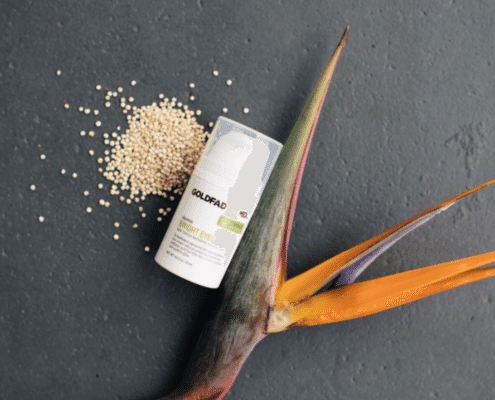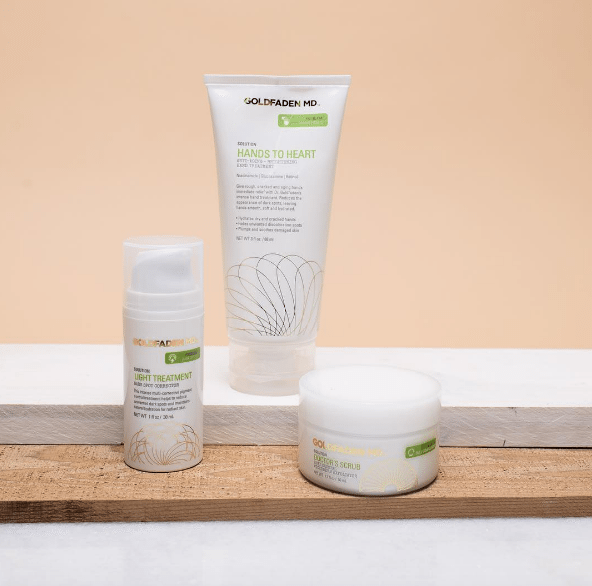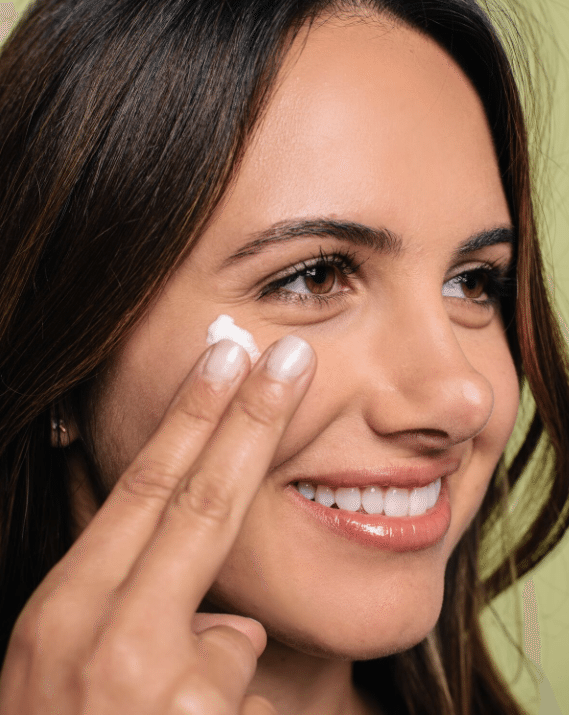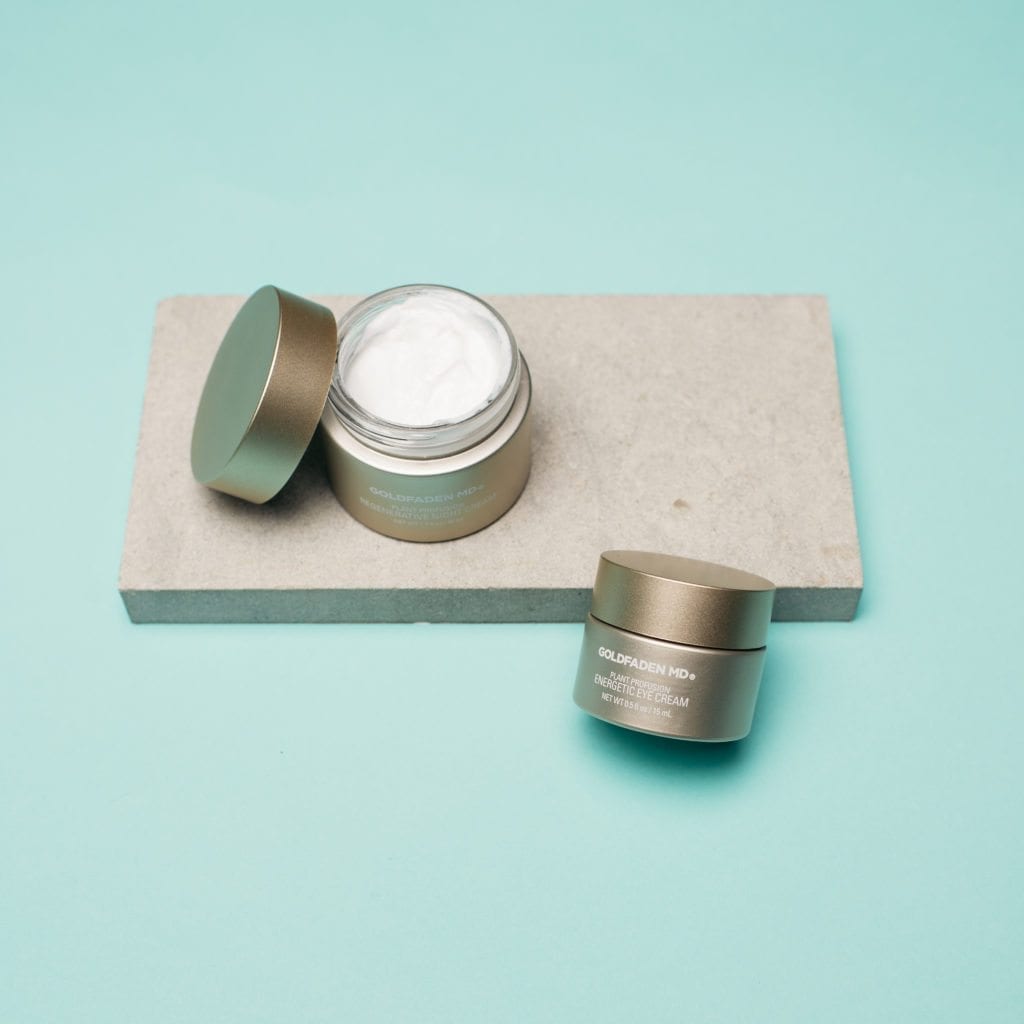The skin under the eyes is quite different from the rest of your face, and as you age, it reveals aging signs up to 20 percent faster than the rest of your face (yes, scary!). That’s because of a whole confluence of disheartening factors. The skin here is extremely thin, with the lowest elasticity, firmness, and oil production, the worst barrier function (i.e. limited absorption of actives and poor protection from environmental stressors) and , and often times develops the deepest wrinkles. Here’s what you need to know and practice with your eye treatments through the decades.

20’s – Prevention (and late night recovery repair)
Woke up looking as rough as you feel? 20’s are a decade of work hard, play hard.
Treatment: In need of a quick fix to telltale signs of overindulgence and under-sleeping, like puffiness and dark circles, look for eye creams that contain anti-inflammatory fighting ingredients like Vitamin K, Arnica, Caffeine and/or soothing tea extracts.
30’s – The first signs
We begin to see some signs of aging in the early 30’s. These changes include hyperpigmentation or”dark circles” around the eyes. Additionally, we may begin to see some fine lines and textural changes around the eye area due to the thinness of the skin.
Treatment: Antioxidant and anti-inflammatory creams containing vitamin A, C and E can also help to ward off free-radicals and give an extra boost to collagen production (hello enhanced plumpness to the skin). By building collagen the treatments help to minimize the appearance of dark circles that are in-part caused by blood vessels close to the surface of aging, thinner skin and reduce inflammation around the eye area.
40’s – Age is here to stay
Throughout the 40’s, dark circles may become more prominent, along with more visible lines. Even after getting ample sleep (8 hours), your eyes are giving you that “tired look” even when they feel fresh; we’ve all been there!
Treatment: Retinol creams or for those who can tolerate them, gentle prescription-strength retinoids can be helpful. These creams help to increase cell turnover thereby minimizing dark-circles and textural changes. They also can help stimulate collagen production thereby preventing volume loss down the road.
50’s +- Soften Wrinkles
Say no more…
Treatment: In addition to continuing to use products that contain retinol, anti-oxidants and skin rejuvenating properties, peptide-based eye creams often present an effective alternative (especially if you have sensitive skin) if you’re looking for a way to avoid dermal fillers or plastic surgery. Peptides are designed to provide collagen-boosters (say goodbye to those stubborn fine lines) to your skin and improve circulation, so you can often expect reduced darkness and an increase in skin plumpness and elasticity.



 WHEN TO START?
WHEN TO START?